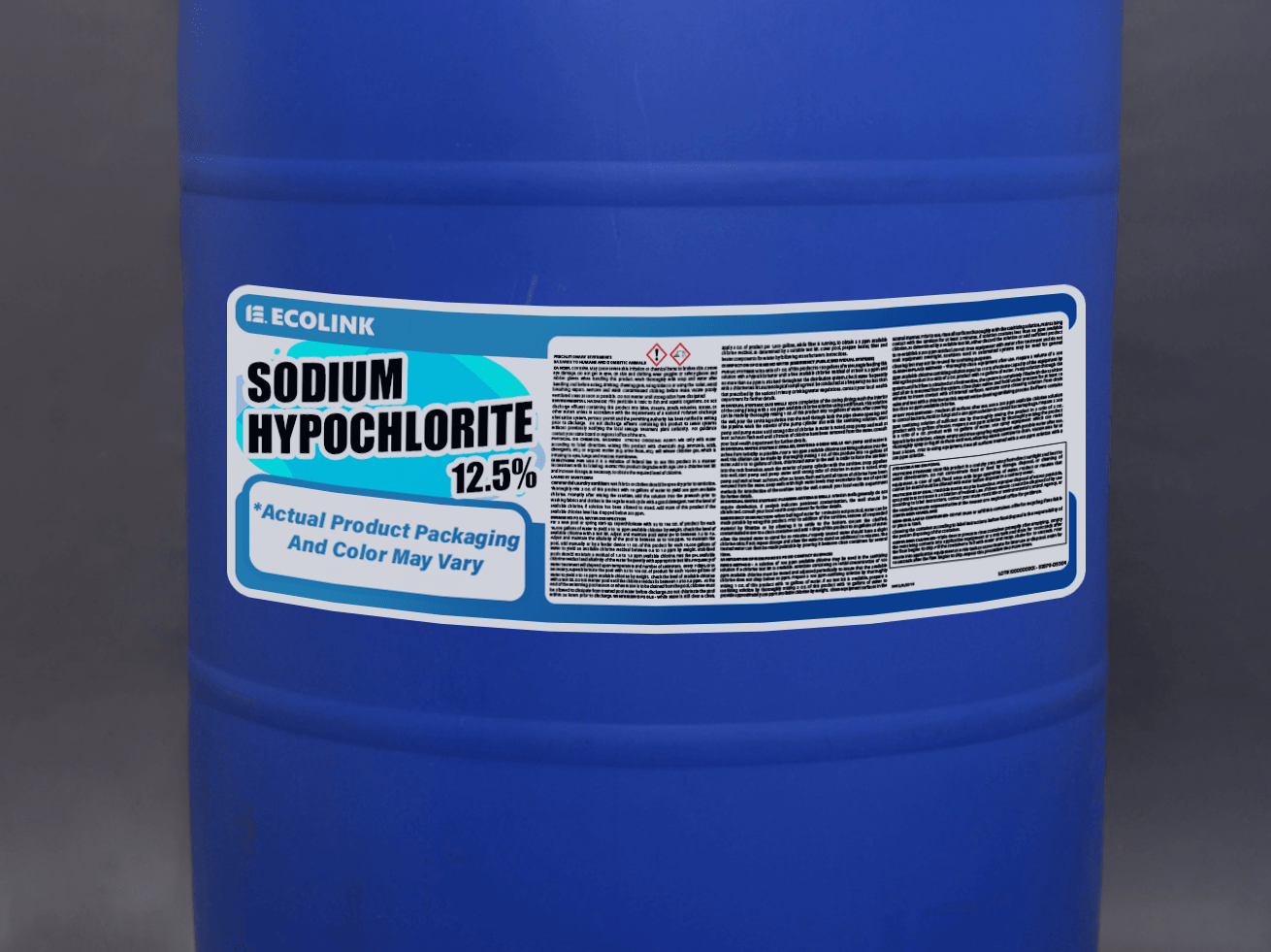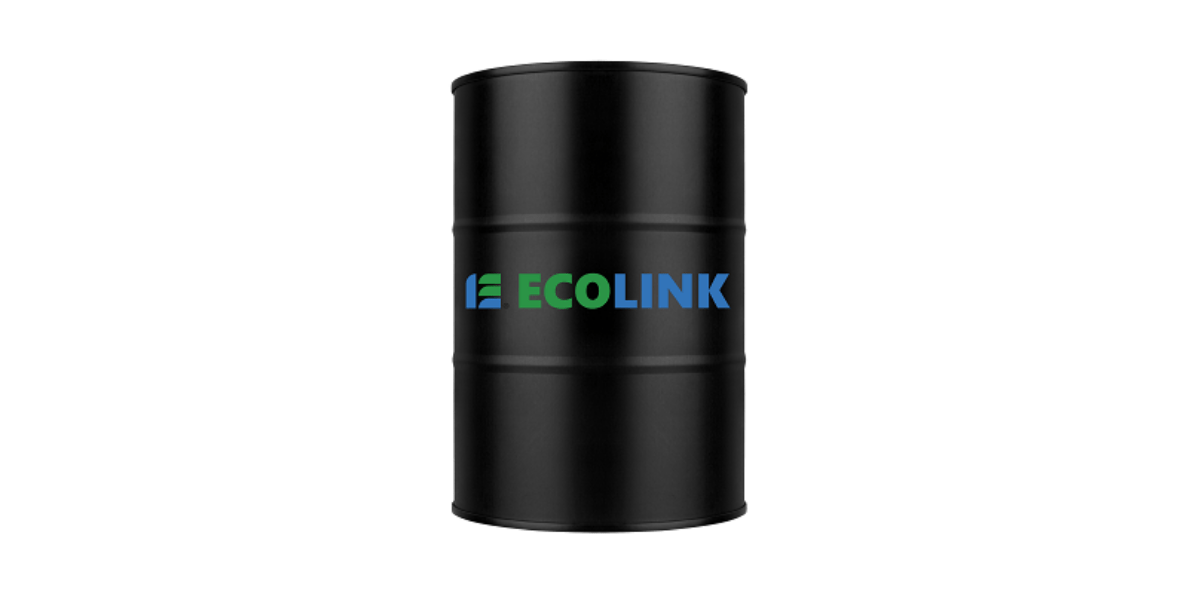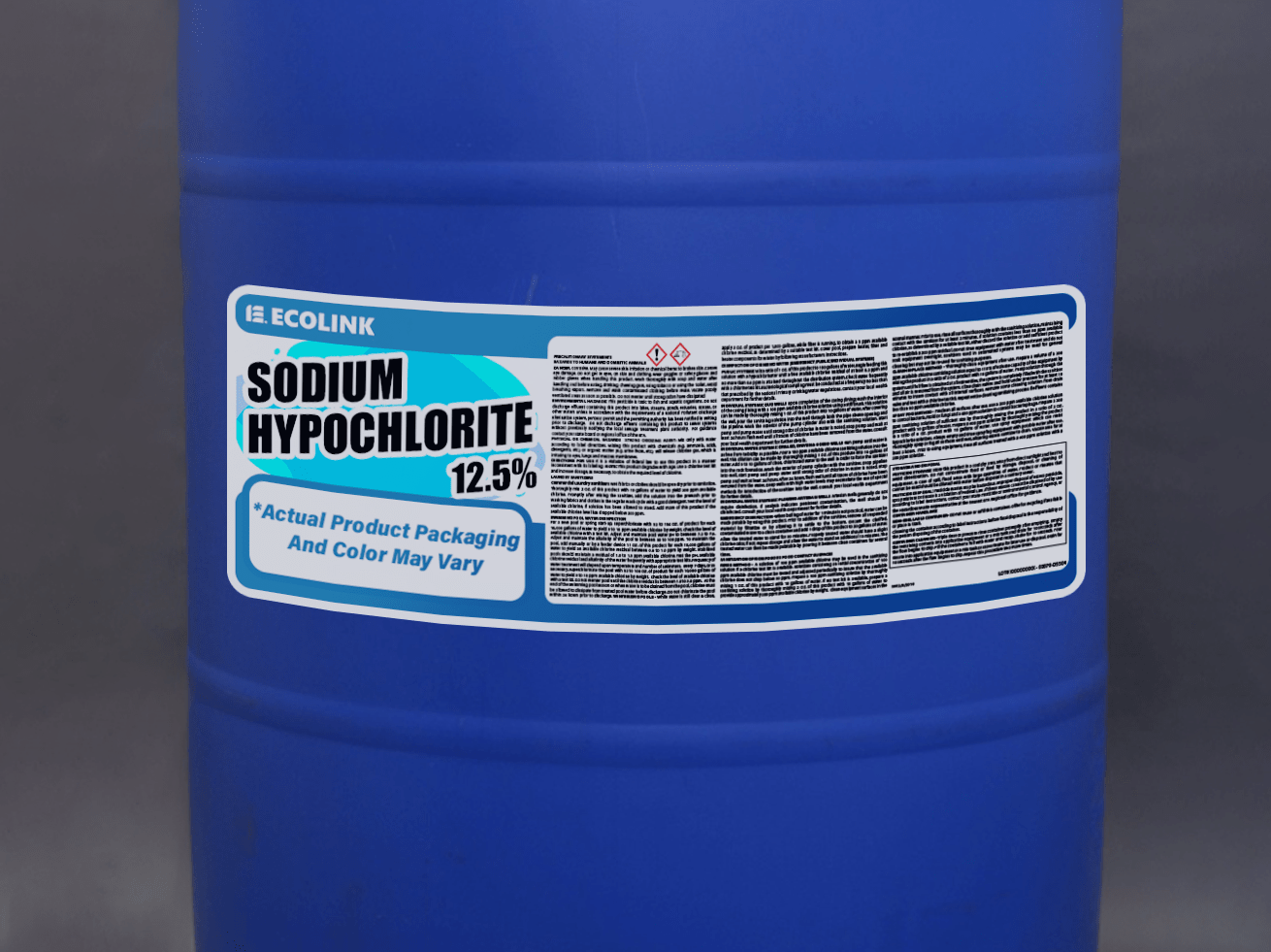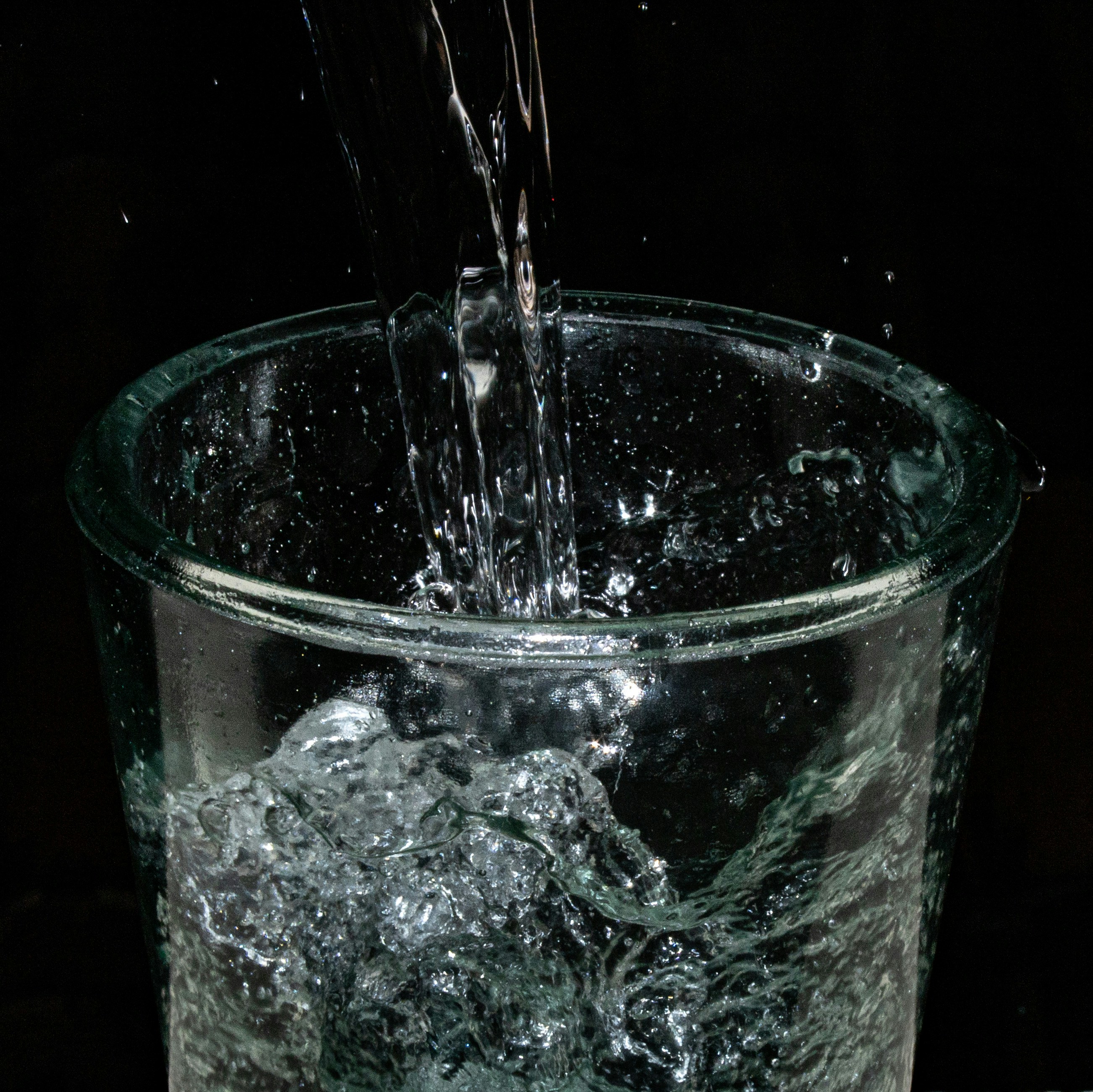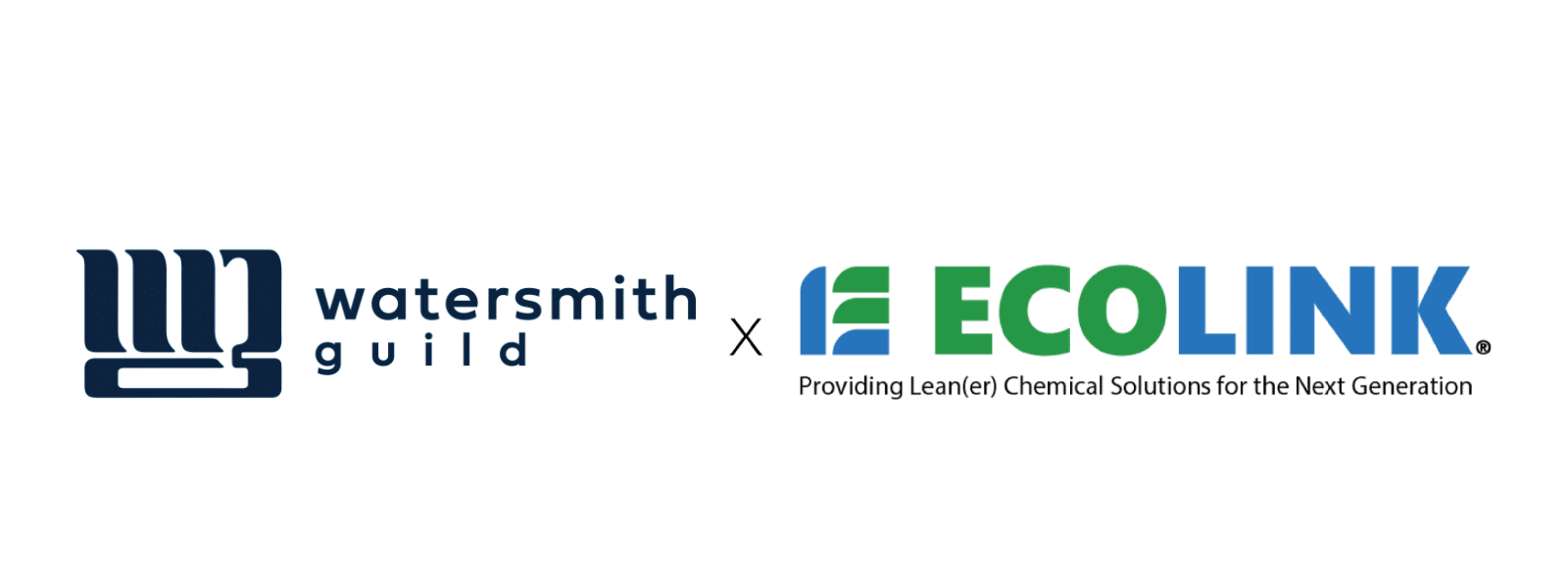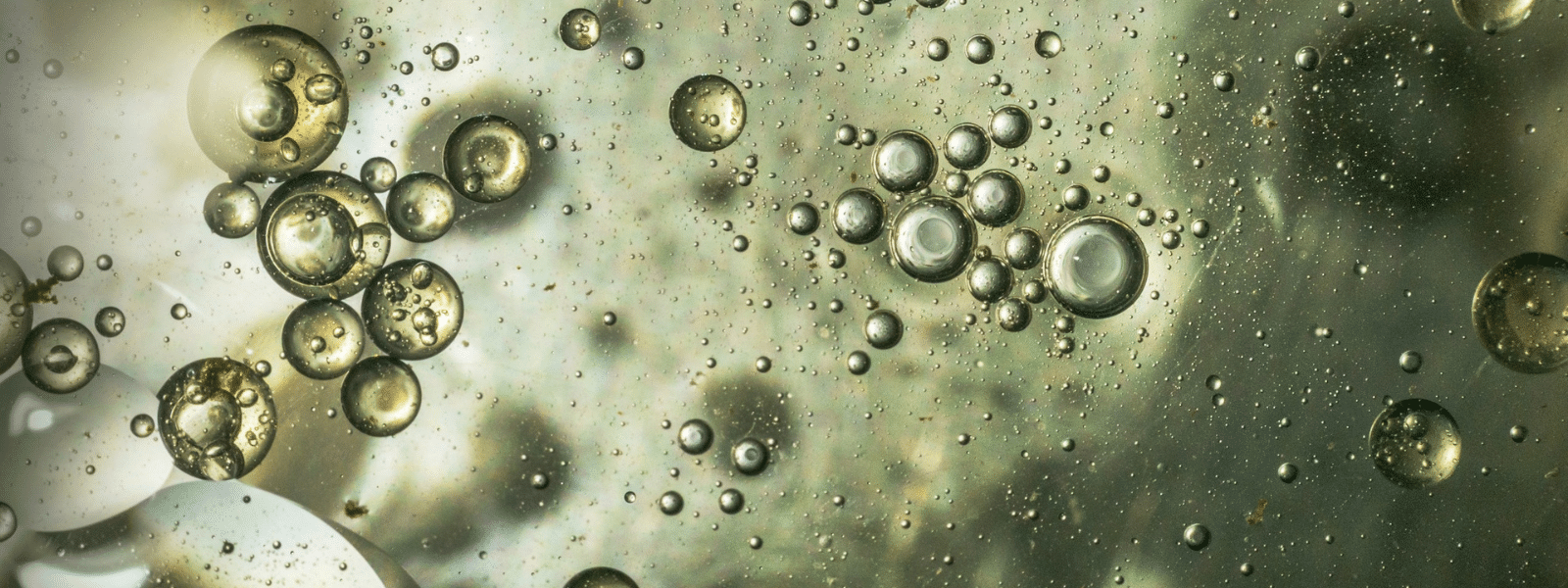MEK, also known as methyl ethyl ketone, is a familiar chemical to many industries, as it is relied on for a wide range of processes, such as ...
Blog


CHEMICAL INDUSTRY NEWS
Chemical Chat – Discover What’s New!
Best Soft Wash Chemicals
What are the best soft wash chemicals? Considering that generally, soft wash chemicals are known to only contain 3 primary ingredients, there are...
How Does Soft Washing Work?
How does soft washing work? Unlike power washing or pressure washing, soft washing involves the use of a chemical blend to break up dirt, algae,...
Sodium Hypochlorite For Soft Washing
Why is sodium hypochlorite for soft washing recommended? Sodium hypochlorite, (the chemical name for bleach) is...
Best Soft Wash Chemicals
What are the best soft wash chemicals? Considering that generally, soft wash chemicals are known to only contain 3...
Company News

Managed Services
Discover the Latest in Safe and Sustainable Chemical Solutions
Stay informed with Ecolink’s blog! Subscribe now
Chemical Management Information
Stay updated with us
Sign Up for the Latest Updates
Stay informed about chemical supply chain disruptions and emerging innovations to keep your business at the forefront of efficiency and innovation. Uncover new ways to make your business practices more sustainable by incorporating safer products into your cleaning lineup.




